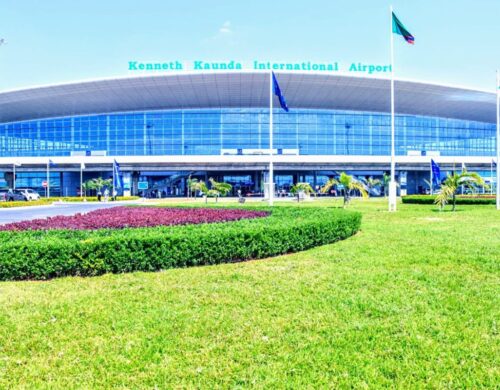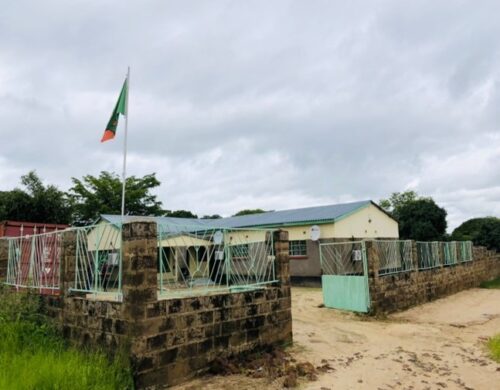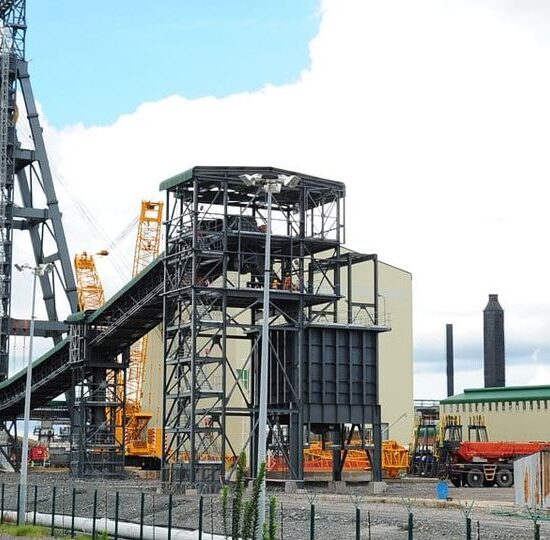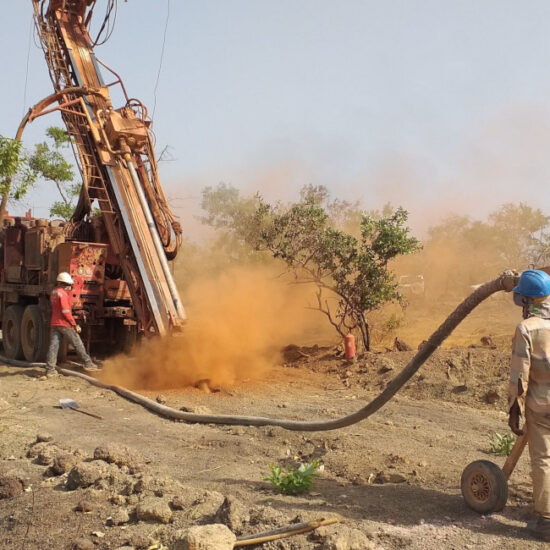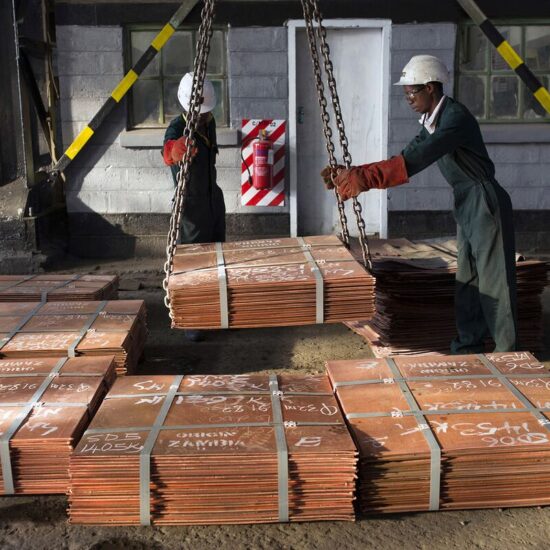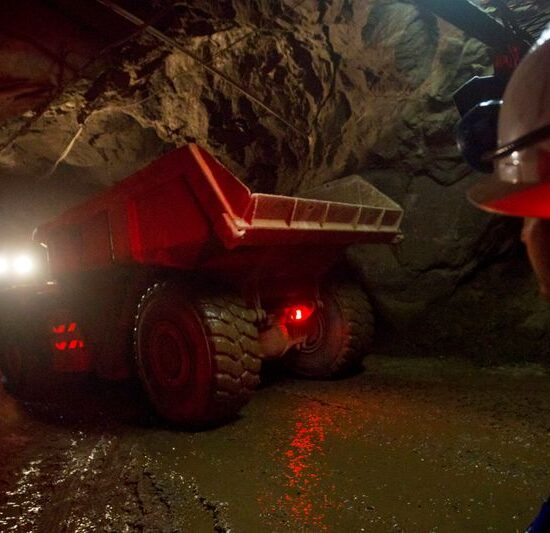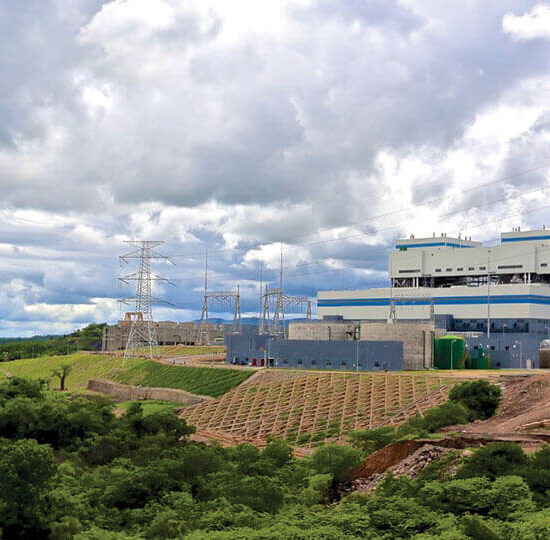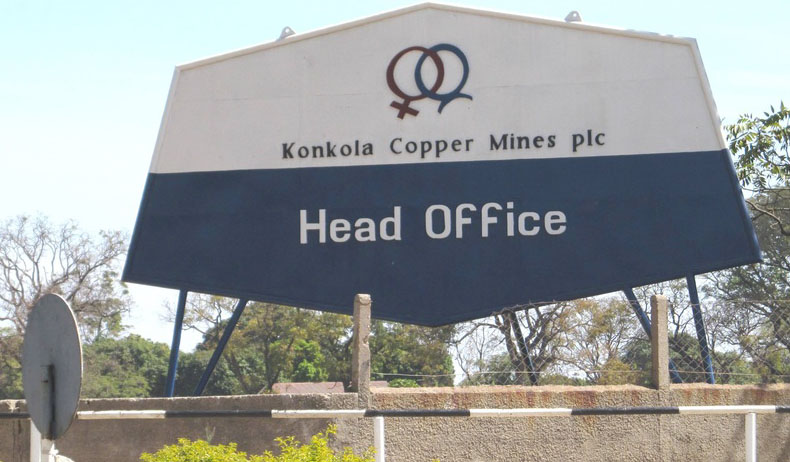
ZAMBIA’s total annual copper production volume could fall far short of meeting last year’s amount of around 882,000 metric tonnes, as data shows the country’s 10 large-scale mines only managed to produce around 735,200 tonnes between January and October, this year.
According to the latest Zambia Statistics Agency’s (ZamStats) monthly statistical bulletin, Zambia’s 10 large-scale mining companies produced 735,200 tonnes in the 10-month period ending October 31, 2021. This is adverse when compared with copper produced from January to October, 2020, which stood at 771,600 tons.
The Copper rich country managed to produce an extra 110,461 tons to end last year 2020 with 882,061 tons. ZamStats data analyzed by the Zambian Business Times – ZBT showed that copper production remained significantly short this year compared to last year over the three month period – August to October.
And an analysis from the latest copper production data update showed that the cumulative volume of refined copper exported from January to October, this year, reduced by 4.7 per cent during the period under review. However, a surge of international copper prices has been handy in boost earnings and negating the effect of a drop in production.
This also confirms fears that Zambia may not surpass the 882,061 tons produced last year unless the country’s mining companies ramp up production to exceed over 147,000MT in the remaining one month of the this year, a tough call now that the country is entering the rainy season that makes open cast mining much more challenging.
Zambia recorded a huge increase in its copper production for 2020 to over 882,000 metric tonnes from 796,432 tonnes recorded in 2019, mainly triggered by triggered by record-breaking output from First Quantum Minerals’ (FQM) subsidiary companies, which collectively posted the highest last year.
However, Zambia Chamber of Mines data revealed that last year’s copper output still lags behind the Democratic Republic of Congo’s (DRC) impressive 1.55 million tonnes that country’s mines produced last year.
The total copper production included all of the country’s 10 large-scale mining operations as well as small-scale mining operations, which accounted for at least 13,391 metric tonnes from the total tonnage.
Kansanshi Mining Plc maintained its status as Africa’s top copper producing company having produced 253,154 tonnes, narrowly beating its Kalumbila-based counterpart, the Sentinel, also operated by First Quantum Minerals – FQM, which posted 251,175 tonnes last year compared to around 220,000 tonnes in 2019.
According to Finance Minister, Situmbeko Musokotwane, the New Dawn Administration plans tof acilitate the increase in copper output from the current average of about 850,000 to over three million metric tonnes in a decade. Musokotwane has however not given a breakdown per annual on how this will be achieved.
This however entails that existing mines must up their production levels significantly while new copper Mines must be opened. This further raises questions on timelines as large scale copper mine investment take time from exploration and set up to commercial production.
The new government also needs to timely take a decision on the way forward regarding two large Mines – Mopani Copper Mines and Konkola Copper Mines which between them are anchors companies for about four major Cities or towns in Zambia.
The new Government led by Hakainde Hichilema, who before ascending to precedence was one of the top businesspersons in Zambia has re-introduced the deductibility of Mineral Royalty Tax – MRT for corporate income tax assessment purposes from January 1, 2022, widely proclaimed as the “game changer” and expected to attract massive Foreign Direct Investment (FDI) in the mining sector.
